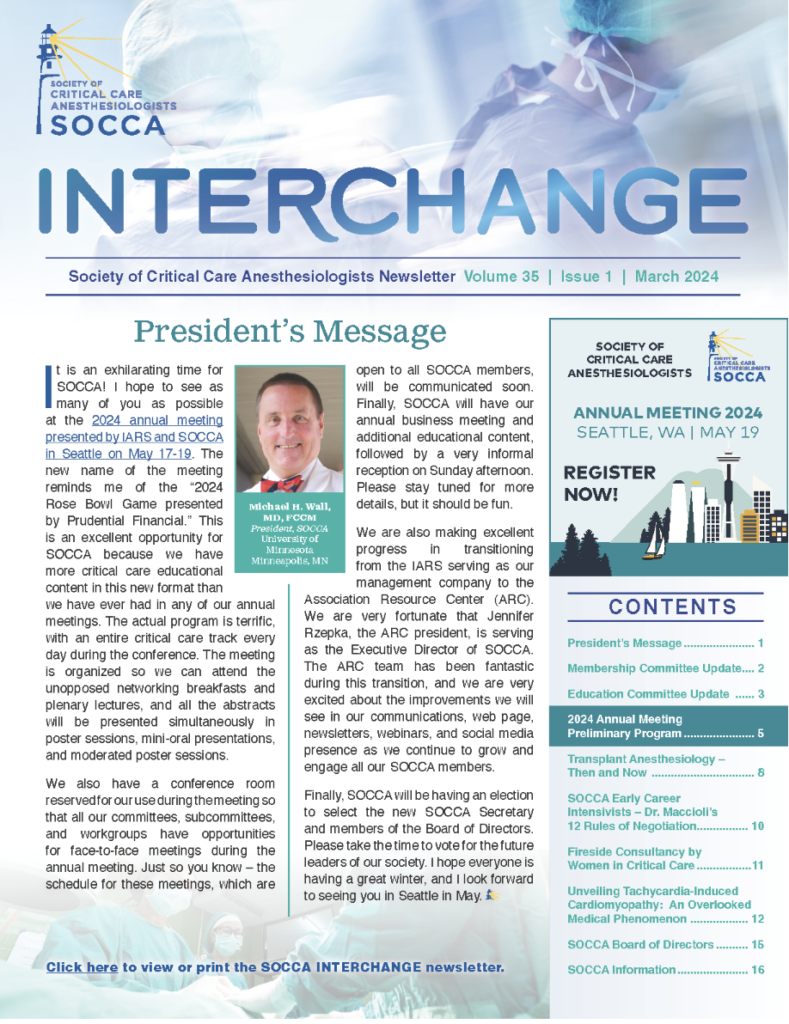“Did You See This?”
Wasserstein RL, Lazar NA. The ASA's Statement on p-Values: Context, Process, and Purpose. The American Statistician. 2016;70(2):129-133.
Wasserstein RL, Schirm AL, Lazar NA. Moving to a World Beyond “ p < 0.05.” The American Statistician. 2019;73(sup1):1-19.
Statistics is having a bit of a moment. In 2016, the board of the American Statistical Association published a consensus statement in which it shared concerns about misunderstandings and misapplications of the p-value, notably “p<0.05”, the perceived gold standard of statistical significance. In the time since, the statistical community has seemingly become more dismayed with the use of p-values as statistical be-all, and a special March issue of The American Statistician effectively calls for an end to the use of p-value as the test of statistical significance, proposing a more thoughtful approach to evaluation and analysis of research data. More than 40 articles in this supplement editorialize and expand on a “post p-value” world, discussing the effects of both requiring more stringent statistical significance and “tolerating some ambiguity” as we more critically examine the process in the context of the results.
A fascinating look into the history of null hypothesis standard testing and application of p-value, combined with a bit of a whirlwind tour of statistics, this series of publications could go a long way towards expanding the mindset of clinical researchers and editors, as well as the depth of publication, although it is also easy to see a leap to “if everyone is super…then no one is” (thanks, The Incredibles!). The call to improve our understanding of statistical significance is directed at writers, readers, and publishers, and could have significant impact on future clinical research.
Yeung J, Matsuyama T, Bray J, Reynolds J, Skrifvars MB. Does care at a cardiac arrest centre improve outcome after out-of-hospital cardiac arrest? - A systematic review. Resuscitation. 2019;137:102-115.
Specialized and ultra-specialized care is an important consideration for modern medicine. Not all facilities can provide all services, and yet delivering the right patient to the right location consumes resources in an otherwise constrained system. One question is whether patients suffering nontraumatic out-of-hospital cardiac arrest (OHCA) should be preferentially treated at specialized cardiac arrest centers (CAC). Common sense suggests that certainly this must be true. In Resuscitation, Yeung et al analyze the available literature in an effort to determine whether patient outcomes in OHCA are indeed better overall following treatment at CACs.
Before discussing the results, it must be stressed that there is no consensus on what defines a CAC. We would assume the full-time availability of cardiac catheterization services, as well as intensive care units capable of managing post-arrest patients, but there is little in the way of data to support a specific set of standards or resources when caring for cardiac arrest patients. In addition, there is a paucity of prospective and randomized data to call upon when discussing this subject. Some of the observational data provides multivariate analyses, which may strengthen the recommendations, but others are limited.
The outcomes of interest in this analysis were: survival to hospital discharge, survival to 30 days and consideration of favorable neurologic status in survivors, It is important to note that a majority of the studies included favored care at a CAC for patients suffering OHCA. Survival to hospital discharge in this analysis favored care at a CAC, with an adjusted OR of 1.85 [CI 1.46-2.34], and all observational studies with unadjusted analyses in favor as well, with OR ranges of 1.54-3.16. In the group of hospital survivors, the odds of favorable neurologic outcome based on CPC or GCS is higher when treated at CAC as well, with adjusted OR 2.22 [CI 1.74-2.84] and comparable rates in unadjusted studies (OR 1.69-2.44). However, when 30-day survival and favorable outcomes are considered, the positive benefits of treatment at a CAC do not achieve statistical significance and occupy a wide confidence interval.
What should we take from this? It is likely that care at a specialized center would improve OHCA outcomes, and perhaps most of the negative associations are due to the variable causes and dismal outcomes of OHCA in general. Also, as we improve field diagnosis and treatment, we are likely to see better triage and redirection of patients to the appropriate facility. The simple question, easily answered is: “Would you want yourself or your family member (or your patient) to be treated at a CAC for OHCA?” And the answer, uniformly, would be “Yes”. However, what if that trip entailed CPR en route while the EMS team passes by 3 other non-CAC hospitals? That answer is less clear. Also, minimal data exists to support the transfer of OHCA patients from one hospital to another, barring the availability of specialized treatments.
It is unlikely that we will see high-quality randomized data regarding treatment of OHCA at CAC, so future investigators will need to remain innovative with regards to how this issue is studied, and changes may be needed in how regional triage and management for OHCA are structured.
Joseph B, Zeeshan M, Sakran JV, et al. Nationwide Analysis of Resuscitative Endovascular Balloon Occlusion of the Aorta in Civilian Trauma. JAMA Surg. March 2019. Epub ahead of print.
Endovascular balloon occlusion of the aorta (REBOA) is a technique for controlling non-compressible hemorrhage, usually resulting from traumatic injury. Compared to emergency resuscitative thoracotomy, the use of REBOA has been associated with trend toward reduced mortality. However, the indications for REBOA use are broader than those for thoracotomy, so direct comparison may not be appropriate. For this article in JAMA Surgery, Joseph and colleagues queried the ACS-TQIP database for use of REBOA in trauma populations. The group identified 140 instances of REBOA use, and on the whole, these patients were younger, more severely injured, and hemodynamically compromised.
Using 2:1 matching to control for injury severity and mechanism, age, sex, race and hemodynamics on presentation, Dr. Joseph and his group discovered an increase in mortality in the REBOA group when compared to those patients who did not receive REBOA (35.7% to 18.9%), most significantly in the first 24 hours of hospitalization. In addition, development of AKI (10.7% to 3.2%) and lower limb amputation (3.6% to 0.7%) were significantly higher in the REBOA group relative to control. These findings contradicted the hypothesis that REBOA use would be associated with improved survival in a cohort of trauma patients.
Evident in the data, and commented on by the authors, is the fact that REBOA placement was associated with a prolongation in the time to definitive control of bleeding source, either angiographically or via laparotomy. Increases in mortality are seen with even small delays to source control, and the use of REBOA may reduce the urgency with which patients receive definitive control. In addition, placement of the REBOA device takes minutes on its own, although it is unclear if that delays the time to bleeding control. The increased risk of renal and limb complications in the REBOA group are not perplexing, given the potential for direct arterial injury, plaque mobilization and occlusion of aortoiliac blood flow with balloon occlusion. In short, as REBOA has expanded opportunities for temporizing life-threatening hemorrhage, we should be mindful of its risks and limitations.




































